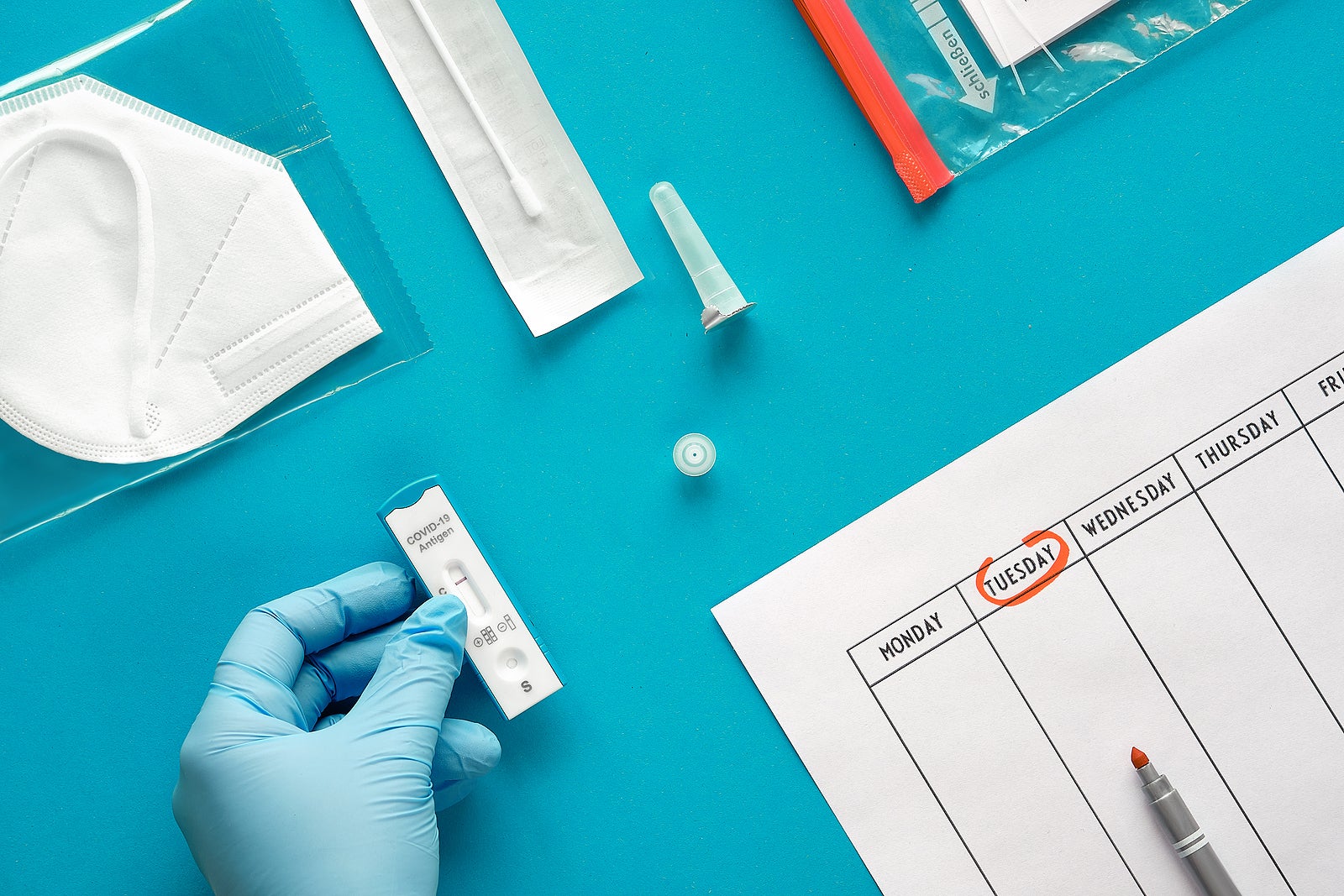
As of May 2021, nearly half of American adults have been at least partially vaccinated against COVID-19. It may not be enough.
Due to vaccine hesitancy and the slowdown of new vaccinations, it will take several more months for the US to reach herd immunity numbers. Even if the US reaches their goals, the world is not keeping pace with them. Parts of East Europe, Asia, Latin America, and Africa are not on track to achieve widespread vaccination until 2023.
Vaccination Rates
While billions wait for their vaccines, 2 in 3 epidemiologists agree that viral mutations will render first-generation vaccines ineffective by 2022. 88% agreed that low vaccination rates in some countries were what was allowing vaccine-resistant strains to develop. This means that by the time most of the world is vaccinated, another round of mass vaccination may be required. If the second round of vaccines rolls out at the same speed as the current one, then the pattern will continue.
What is needed to achieve herd immunity? Herd immunity requires 70% to 85% of a population to be vaccinated. In the words of Seth Berkley, the CEO of Gavi, The Vaccine Alliance, “in a pandemic of course we’re only safe if we’re all safe.” Even after an individual is vaccinated, they should continue some precautions until herd immunity is reached. Slowing the spread also slows the emergence of new variants, which can put certain people in more danger than others.
After a year of pandemic, increased COVID-19 risk has been identified in conjunction with a wide variety of health conditions. Chronic lung disease, kidney disease, liver disease, obesity, and more are all on the list of risk multipliers.
While the general population maintains certain precautions like masking in specific situations and routine handwashing, those at risk ought to continue social distancing and avoid crowds. Additionally, at-risk patients who become infected may seek additional therapies from healthcare providers before they develop severe disease.
Risk Prediction
Tracking one’s individual risk level can be a difficult task. 1 in 4 adults could be incorrectly categorized for their risk of developing severe COVID-19. However, there are at-home kits that consider 16 comorbidities and genetic markers to form an assessment. Using these tests improves risk prediction by as much as 25% over standard clinical models. A user of the kit can receive their risk score and a detailed report within 5-7 days.
.jpg)
2184 Views












